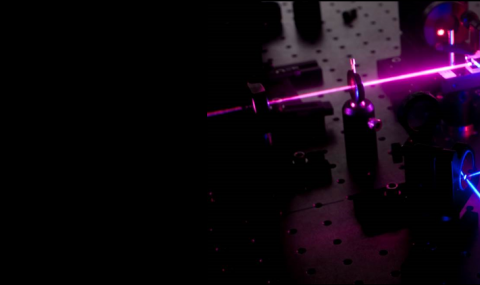Super-resolution localization of TCRs on cell membrane
Lymphocytes are covered with thin and short fingerlike membranous protrusions, termed microvilli. Two complementary super-resolution fluorescence microscopy techniques, VA-TIRFM (variable angle total internal reflection microscopy) and SLN (stochastic localization nanoscopy) are used to correlate the 3D topography of the membrane to the position of the TCRs on human T cells. Strikingly, the majority of TCRs are found to be highly localized on microvilli, implicating these surface projections as sensors for antigenic moieties.

Tracking membrane hydro-dynamics
We measure protein-protein correlations by tracking multiple diffusing peptides within supported and freely-floating model bilipid membrane systems. We use a total-internal reflection (TIREF) microscope to excite the emission of light from two populations of identical peptides labeled with two different fluorescent markers. The light from the two peptide populations is separated and imaged onto a single CCD; in this way we are able to track the locations of peptides separated by distances less than the classical diffraction limit.

![]()


